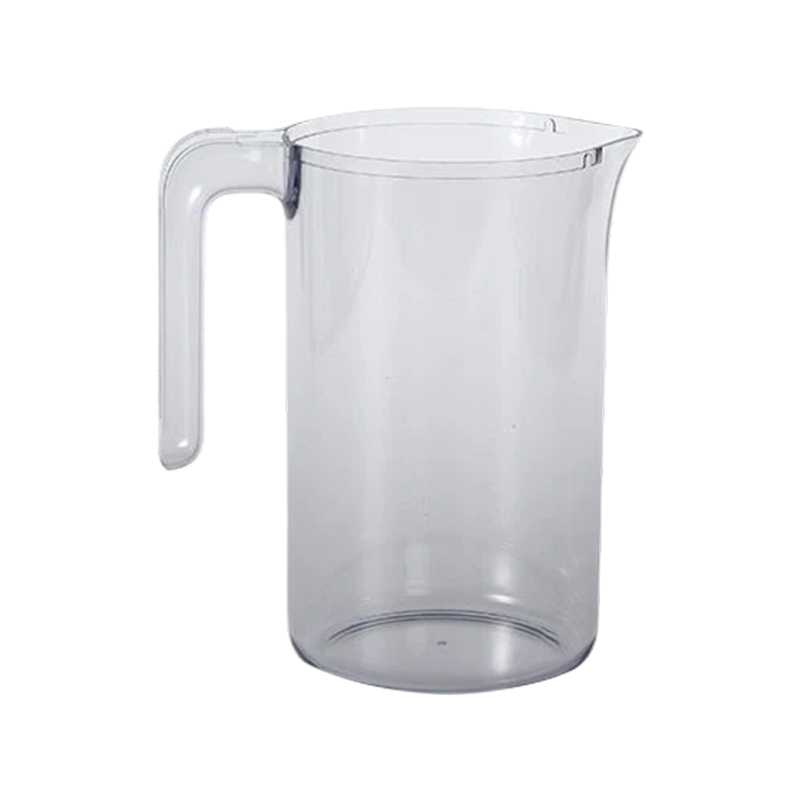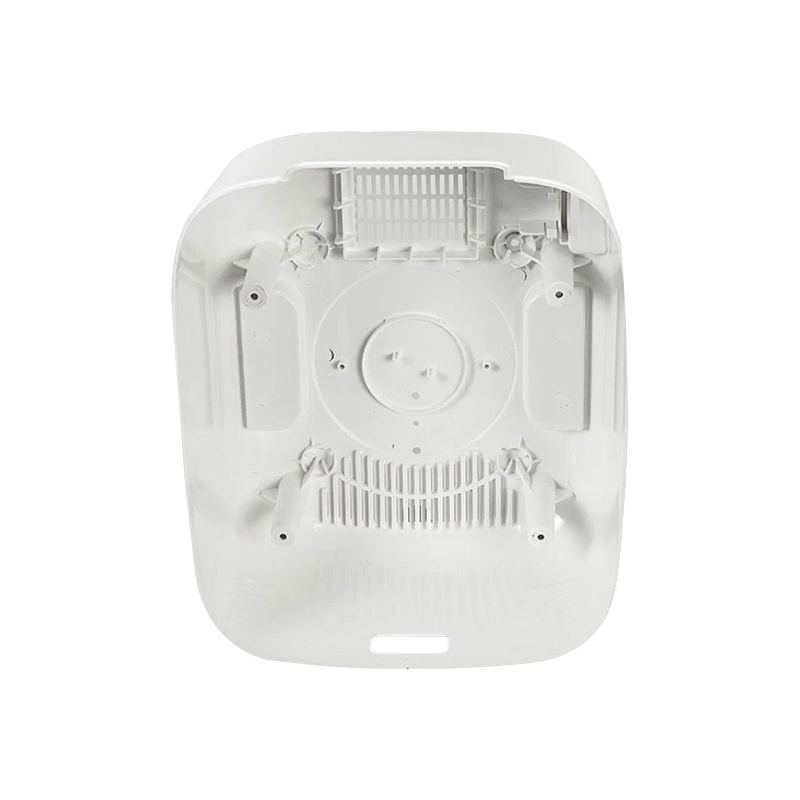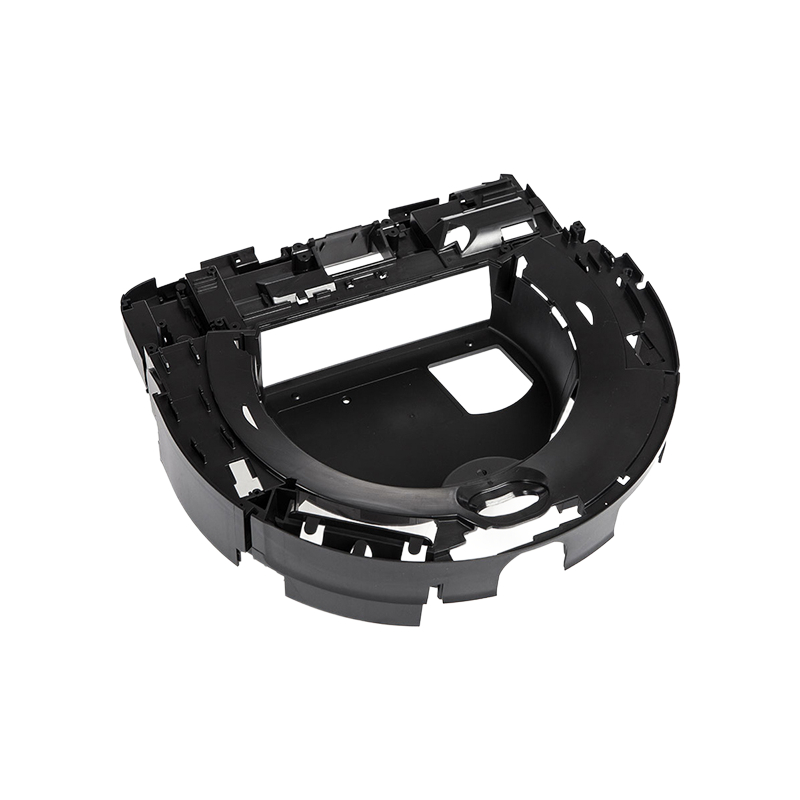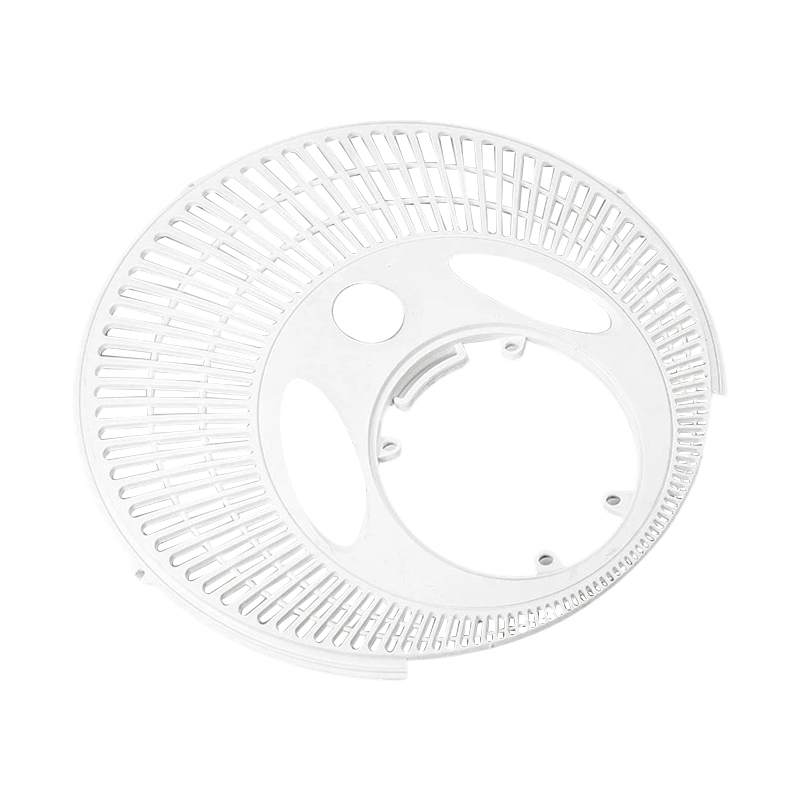Why can high-precision rice cooker shell mold components significantly improve product assembly consistency?
Release Time : 2025-10-01
In modern small appliance manufacturing, rice cookers are frequently used in home kitchens. Their appearance and structural stability are directly linked to the user experience and brand reputation. One of the key factors determining the quality of rice cooker shells is the precision of the mold components used in their production. High-precision rice cooker shell mold components not only affect the molding quality of the individual shells but also play a decisive role in ensuring the assembly consistency of the entire unit during mass production. It can be said that mold precision is the cornerstone of ensuring "perfect fit and consistent quality" in rice cooker products.
1. Mold Precision Determines Shell Dimensional Stability
Rice cooker shells typically consist of multiple injection-molded parts, including the upper and lower shells, handles, and control panel frame. These components are assembled using methods such as snap fasteners, screws, or ultrasonic welding. Inadequate mold component machining precision can lead to slight variations in shell dimensions from injection molding to production, such as shell length tolerances exceeding specifications, offset snap fasteners, and misaligned screw holes. These seemingly minor errors can accumulate and magnify during assembly, resulting in uneven gaps between shells, skewed panels, and even inability to close. High-precision mold components utilize CNC precision machining, wire-cut machining, and mirror polishing processes to ensure cavity dimensional tolerances within ±0.02mm. This ensures highly consistent geometric dimensions for each batch of shells, providing a reliable foundation for subsequent assembly.
2. Improving mating surface precision to ensure seamless splicing
The seams between the upper and lower covers of the rice cooker shell, as well as the transition area between the control panel and the body, are key visual areas for users. Inadequate mold parting surfaces and mold guide systems can easily lead to uneven shell edges, misalignment, or flash. High-precision mold components utilize precision parting surfaces and optimized guide structures to ensure precise alignment even during thousands of opening and closing cycles. This results in smooth shell edges and even seams, resulting in a clean and aesthetically pleasing appearance after assembly, significantly enhancing the overall quality of the machine.
3. Ensure Precision Molding of Functional Structures
Rice cooker shells often incorporate a variety of functional structures, such as clips, studs, reinforcing ribs, and retaining bosses. The dimensional and positioning accuracy of these structures directly impacts smooth assembly and secureness. For example, if a clip is too short or too long due to mold wear or inaccurate positioning, it can break or fail to tighten during assembly. A crooked stud can cause screw thread stripping or shell cracking. High-precision mold components are made of wear-resistant materials and heat-treated to ensure stable molding of these tiny structures during long-term production, avoiding assembly defects and rework caused by structural deviations.
4. Reduce Mold Repairs and Adjustments, Ensuring Batch Consistency
The production process of low-precision molds often requires frequent mold repairs and parameter adjustments due to dimensional deviations and deformation, resulting in product variations between batches. High-precision mold components, however, utilize CAE mold flow analysis to optimize gates and cooling systems during the design phase to minimize injection deformation. During the manufacturing phase, strict control is exercised over heat treatment deformation and assembly clearances to ensure stable molding performance from the moment the mold leaves the factory. This "one-shot molding, long-term stability" feature ensures highly consistent shell size, shape, and surface quality across batches, eliminating assembly and adaptation issues caused by mold fluctuations.
5. Improving Automated Assembly Efficiency
Modern rice cooker production lines commonly utilize automated assembly equipment, such as robotic gripping, automatic screw tightening, and vision positioning. These devices rely on highly consistent shell dimensions and positioning benchmarks. Any dimensional deviation or structural misalignment in the shell can lead to robotic gripping failure, misaligned screws, or visual recognition errors, severely impacting production cycles. Shells produced with high-precision molds offer stable contours and precise positioning features, perfectly matching the operational requirements of automated equipment and significantly improving assembly efficiency and yield.
In summary, high-precision rice cooker shell mold components fundamentally address common assembly issues such as misalignment, gaps, and broken clips by ensuring dimensional stability, precise fit, structural integrity, and batch consistency. This significantly improves assembly consistency and overall appearance quality. It not only reflects the state-of-the-art manufacturing process but also provides a key support for large-scale, high-quality, and efficient production of rice cookers.
1. Mold Precision Determines Shell Dimensional Stability
Rice cooker shells typically consist of multiple injection-molded parts, including the upper and lower shells, handles, and control panel frame. These components are assembled using methods such as snap fasteners, screws, or ultrasonic welding. Inadequate mold component machining precision can lead to slight variations in shell dimensions from injection molding to production, such as shell length tolerances exceeding specifications, offset snap fasteners, and misaligned screw holes. These seemingly minor errors can accumulate and magnify during assembly, resulting in uneven gaps between shells, skewed panels, and even inability to close. High-precision mold components utilize CNC precision machining, wire-cut machining, and mirror polishing processes to ensure cavity dimensional tolerances within ±0.02mm. This ensures highly consistent geometric dimensions for each batch of shells, providing a reliable foundation for subsequent assembly.
2. Improving mating surface precision to ensure seamless splicing
The seams between the upper and lower covers of the rice cooker shell, as well as the transition area between the control panel and the body, are key visual areas for users. Inadequate mold parting surfaces and mold guide systems can easily lead to uneven shell edges, misalignment, or flash. High-precision mold components utilize precision parting surfaces and optimized guide structures to ensure precise alignment even during thousands of opening and closing cycles. This results in smooth shell edges and even seams, resulting in a clean and aesthetically pleasing appearance after assembly, significantly enhancing the overall quality of the machine.
3. Ensure Precision Molding of Functional Structures
Rice cooker shells often incorporate a variety of functional structures, such as clips, studs, reinforcing ribs, and retaining bosses. The dimensional and positioning accuracy of these structures directly impacts smooth assembly and secureness. For example, if a clip is too short or too long due to mold wear or inaccurate positioning, it can break or fail to tighten during assembly. A crooked stud can cause screw thread stripping or shell cracking. High-precision mold components are made of wear-resistant materials and heat-treated to ensure stable molding of these tiny structures during long-term production, avoiding assembly defects and rework caused by structural deviations.
4. Reduce Mold Repairs and Adjustments, Ensuring Batch Consistency
The production process of low-precision molds often requires frequent mold repairs and parameter adjustments due to dimensional deviations and deformation, resulting in product variations between batches. High-precision mold components, however, utilize CAE mold flow analysis to optimize gates and cooling systems during the design phase to minimize injection deformation. During the manufacturing phase, strict control is exercised over heat treatment deformation and assembly clearances to ensure stable molding performance from the moment the mold leaves the factory. This "one-shot molding, long-term stability" feature ensures highly consistent shell size, shape, and surface quality across batches, eliminating assembly and adaptation issues caused by mold fluctuations.
5. Improving Automated Assembly Efficiency
Modern rice cooker production lines commonly utilize automated assembly equipment, such as robotic gripping, automatic screw tightening, and vision positioning. These devices rely on highly consistent shell dimensions and positioning benchmarks. Any dimensional deviation or structural misalignment in the shell can lead to robotic gripping failure, misaligned screws, or visual recognition errors, severely impacting production cycles. Shells produced with high-precision molds offer stable contours and precise positioning features, perfectly matching the operational requirements of automated equipment and significantly improving assembly efficiency and yield.
In summary, high-precision rice cooker shell mold components fundamentally address common assembly issues such as misalignment, gaps, and broken clips by ensuring dimensional stability, precise fit, structural integrity, and batch consistency. This significantly improves assembly consistency and overall appearance quality. It not only reflects the state-of-the-art manufacturing process but also provides a key support for large-scale, high-quality, and efficient production of rice cookers.








